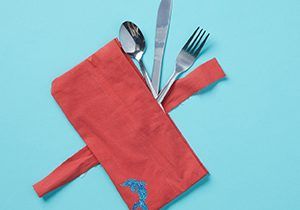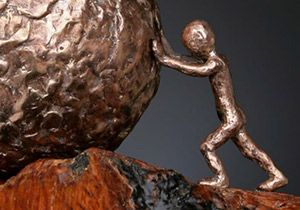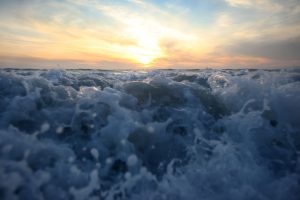
The Lost City of Atlantis Primary Resource
Discover the mysteries of this legendary Ancient Greek island
This primary resource investigates the mysteries of the Ancient Greek empire of Atlantis. Find out all about the legendary island swallowed by the sea. When did the story of Atlantis first appear? Could this paradise island have really existed? If so, where would it have been?
In this National Geographic Kids’ history primary resource sheet, pupils will learn about Plato’s writings of the lost city of Atlantis. Pupils will also gain an insight into the scientific and archeological research underway to try and uncover the truth behind this famous legend.
The teaching resource can be used in study group tasks for learning about Ancient Greek history and culture, as well as modern day research into historical civilisations. It can be used as a printed handout for each pupil to review and annotate, or for display on the interactive whiteboard using the images included in the resource for class discussion.
Activity: Ask children to use the information in our primary resource sheet to draw a picture or an aerial diagram of what they think Atlantis may have looked like. Pupils could include drawings of the temples, palaces, waterways, trees and animals that Plato talks of. Pupils could also imagine what life may have been like on this paradise island and write an account entitled ‘A Day in Atlantis‘.
N.B. The following information for mapping the resource documents to the school curriculum is specifically tailored to the English National Curriculum and Scottish Curriculum for Excellence. We are currently working to bring specifically tailored curriculum resource links for our other territories; including South Africa, Australia and New Zealand. If you have any queries about our upcoming curriculum resource links, please email: schools@ngkids.co.uk
This History primary resource assists with teaching the following History objectives from the National Curriculum:
• Know and understand significant aspects of the history of the wider world: the nature of ancient civilisations; the expansion and dissolution of empires; characteristic features of past non-European societies; achievements and follies of mankind.
National Curriculum Key Stage 2 History objective:
• Pupils should be taught about: Ancient Greece – a study of Greek life and achievements and their influence on the western world.
This History primary resource assists with teaching the following Social Studies Second level objective from the Scottish Curriculum for Excellence:
• I can discuss why people and events from a particular time in the past were important, placing them within a historical sequence.
• I can compare and contrast a society in the past with my own and contribute to a discussion of the similarities and differences.
Download primary resource
More Like

How to make a plastic-free cutlery holder

Cuba facts!

International Children’s Peace Prize 2020!









LEAVE A COMMENT
THANK YOU
Your comment will be checked and approved shortly.
WELL DONE,
YOUR COMMENT
HAS BEEN ADDED!
COMMENTS
CUSTOMIZE YOUR AVATAR